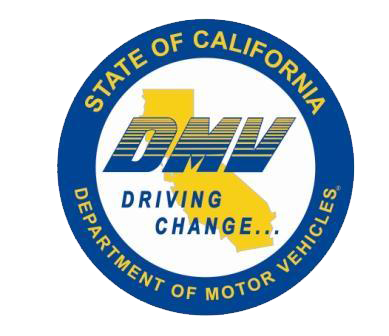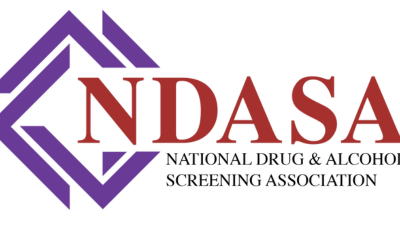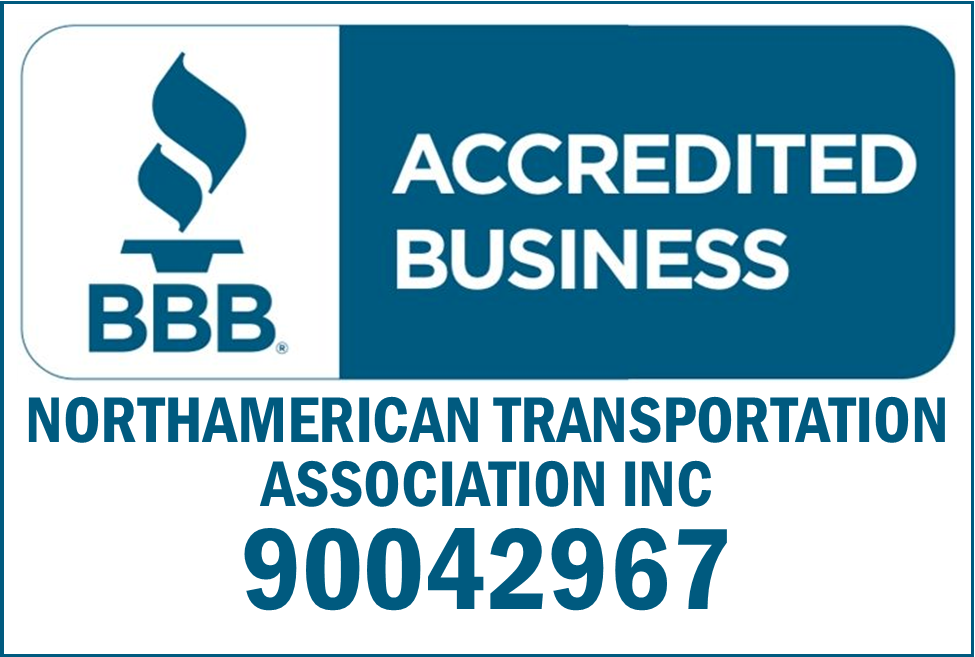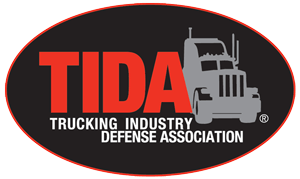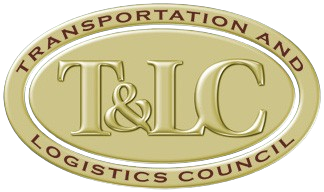How to Spot the Red Flags of Risky Drivers
Before a true safety culture can be effective, driver and fleet managers must understand the level of risk an irresponsible driver poses to their company. Entrusting a driver with a company vehicle, or entrusting them to drive their own vehicle under our authority, is a big risk. If the driver isn’t prepared to adhere to the safety regulations, they are a risk that is not worth taking.
Safety
Safety- it is the top priority of most businesses that rely on drivers, whether they employ professional drivers, or utilize the services of Independent Contractors. Developing an engrained safety culture and a comprehensive safety program deliver a positive impact to any company’s bottom line,
Comprehensive safety programs come in many shapes and sizes from self-reporting policies to keep the driver manager aware of any possible issues, point systems to identify when actions should be taken, to driver training programs to address high-risk behavior and keep safety top of mind. Fleets are constantly in search of ways to offset risk with new technologies and safety programs.
How to Identify a risky driver
First, did you know that human error is responsible for 94% of all driving related accidents.
Second, Commercial drivers with prior violation convictions are 43% more likely to be involved in an accident within the year following a violation.
Third, one-third of all drivers arrested or convicted of drunk driving are repeat offenders.
Thusly, motor vehicle records (MVRs) are the most effective way to determine driver risk at hire and throughout the driver’s employment or utilization. MVRs provide a full view of a driver’s history for the last 3-7 years, depending of the state, and have several risk indicating components including:
Driver and Licensure information
Useful information like license type and license expiration date can help a driver manager know that the driver is properly licensed for the type of vehicle he or she is driving.
License Status
An unlicensed driver continuing to operate a vehicle increases a company’s potential liability dramatically. Suspended drivers have an accident rate that is fourteen (14) higher than other drivers.
Traffic Violations
A history of traffic violations is an indicator of a risky driver. Monitoring and tracking traffic violations is an effective way to trigger driver training and take corrective actions before a serious incident occurs.
Accident Reports
Past behavior is the best predictor of future behavior. Drivers that have a history of accidents are typically the riskiest group of drivers.
Vehicular Crimes
Vehicular crimes are a major red flag of a risky driver. Vehicular crimes show prior negligence on behalf of the driver that resulted in a gross misdemeanor or felony charge and possibly jail time.
Among other things this includes DUIs and accident which caused a large amount of property damage or bodily harm. Employers who miss this at the time of hire put themselves at significant risk for future liability lawsuits.
The Annual MVR and the 364-day grace period.
It is a common practice to check an MVR prior to hire and once a year throughout employment or utilization. This method, while somewhat effective creates exposure for the company.
If a company only pulls driver records once a year, and a driver receives a violation or license suspension the day after, he or she has a 364 day grace period before the infraction is discovered. If this driver were to have an accident or traffic stop during this grace period, the company could be held liable and face direct and indirect costs.
Therefore, to mitigate this risk an employer could choose to pull MVRs multiple time throughout the year or utilize NTA’s Service Provider - CDL Legal & Carrier Guard programs.
MVRs Are Expensive
The average cost of an individual MVR is $10.14. For a large fleet, this cost multiplied by the number of drivers in the fleet, plus the administrative time to review every MVR is exorbitant especially since 20% of driver are responsible for 80% of risky behaviors unless you use NTAs Service Provider IntelliCorp where the cost is only one third the cost.
NTA’s Service Provider IntelliCorp’ s rates ae so low that trucking consultants who do regular background checks usually use this service thru NTA and then tack on more fees.
Continuous license monitoring offers a timely and cost effective to monitor driving records while minimizing administrative costs. This allows the fleet manager to receive violations as they occur through NTA’s Carrier Guard program.
When a new violation or license suspension occurs for a driver, an MVR alert is automatically delivered to the driver manager. By getting this information sooner, the manager can take immediate corrective action with the driver, from remedial driver training up to dismissal for serious offenses. This method also minimizes the need to pull additional MVRs for the driers that are operating safely.
License Suspensions
In North America, at any given time, 7% of all drivers have a suspended license. Of those drivers, 75% of them continue to drive on a suspended license. When an employee or independent contractor with a suspended license continues to operate a vehicle, the risk to the motor carrier or company grows exponentially.
NTA’s Carrier Guard continuous license monitoring data shows that over 20% of all monitoring alerts are triggered by an invalid license status.
Driving-related grounds for suspension can vary by state, but generally, the following offenses will result in a driver’s license suspension.
- Reckless driving
- Careless driving
- Leaving the scene of an accident
- Accumulation of traffic tickets
- Assault of another motorist
- Multiple violations of DUIs
These types of license suspensions are very serious and are often accompanied by additional fines, potential legal action and large risk to the company or motor carrier employing or utilizing the driver. A driver manager should take immediate corrective action with the driver upon report of the suspension.
License suspensions in relation to non-driving offenses are oftentimes unknown and can be missed by employers. It is also not uncommon for a driver to be completely unaware of his or her non-driving license suspension.
Some common non-driving related violations are:
- Failure to pay a fine or appear in court
- Non-driving related drug violations
- Unpaid child support
- Defaulting on student loans
There are also a few interesting and less common ways to obtain a license suspension:
- Writing bad checks (Indiana)
- Boating while intoxicated (Alaska, California, Texas, Utah)
- Vandalism (California)
- Advocating to overthrow the government (New York)
- Operating an amusement ride while intoxicated (Texas)
More than 7 million people nationwide have had their license suspended for failure to pay a court fine or administrative debt.
Driving-related suspensions are significant red fags that can indicate a risky driver; however, non-driving suspensions do not always imply higher driver risk.
How should you treat a non-related driving suspension? Just remember that an unlicensed driver that continues to operate puts an organization at risk for a Negligent Entrustment Lawsuit, regardless of the reason for suspension. Employers and motor carriers have a duty to know what is in their driver’s history prior to putting the driver on the road or letting them driver under their authority.
Negligent Entrustment
Perceived “deep pockets” and a willingness to settle quickly make businesses a target for litigation. Regardless of the severity of he accident or violation, potential harmful publicity can impact a company’s bottom line and its brand reputation.
Negligence, or Negligent Entrustment, occurs when a dangerous article min this case, a vehicle is entrusted to somebody who is reckless, in experienced, or incompetent. If the entrusted individual has an accident, the injured party has the right to bring a case against the individual’s employer.
To find fault with the employer, all the plaintiff needs to show is:
- The organization entrusted the vehicle to the driver
- The driver was reckless, incompetent or unlicensed
- The organization knew or should have known that the driver was reckless, incompetent or unlicensed
From there, the plaintiff simply needs to prove that the driver was negligent while operating the vehicle and that the negligence resulted in damages.
A 2016 wrongful death and negligence verdict against a fleet for $35 million demonstrates how a safety policy that is deemed “insufficient” can weaken a defendant’s case.
The driver for a food refrigeration company rear-ended a stopped vehicle, killing the driver of that vehicle, and injuring the driver of another truck. The fleet driver was found to be driving under the influence of numerous narcotic drugs. The company has a drug screening program but had not identified the driver as a potential risk.
In additional to the $22.7 million wrongful death verdict, the company was also found liable for the injuries of the driver in the other vehicle that was involve in the crash. That driver received a verdict of $1.3 million.
Prior to the accident, the driver had an identified history of speeding tickets, a red flag that a continuous license monitoring program would have caught.
The key issue for company leaders is the responsible component. Leaders must stay current on each driver’s record. What they don’t know in this scenario can absolutely hurt them and cost the organization millions of dollars.
Companies have an obligation to ensure their drivers are properly licensed and they must monitor their driver’s safety and behavior. Immediate, corrective action for any violation that a river incurs is crucial. Once-a-year MVR pulls are not enough to ensure risky drivers are complying. One of the best precautions that a company can take to prepare for potentially defending themselves in a liability lawsuit is a continuous license monitoring program using NTA’s CDL Legal’s “Carrier Guard”.
Spot the red Flags with Carrier Guard.
Carrier Guard is the ultimate risk mitigation service. By combining the ticket-fighting prowess of CDL Legal and exceptional visibility of your current safety threats provided by Carrier Guard, we have equipped you with the necessary tools to greatly improve your companies CSA rating.
When you sign up, you will get access to low-cost CSA score management tools and visibility to citations that will take your safety initiatives to the next level. Become a top-tier safety Fleet through this comprehensive and real-time CSA Data visibility features of Carrier Guard.
Content Disclaimer: Due to the constantly changing nature of government regulations, it is impossible to guarantee the total and absolute accuracy of the material contained herein or presented. NorthAmerican Transportation Association (NTA) cannot and does not assume any responsibility for omissions, errors, misprinting or ambiguity contained. NTA shall not be held liable in any degree for any loss, damage or injury caused by any such omission, error, misprinting or ambiguity present. It is made available with the understanding that NTA is not engaged in rendering legal, accounting or other professional service. If legal advice or other expert service is required, the services of such a professional should be sought.



